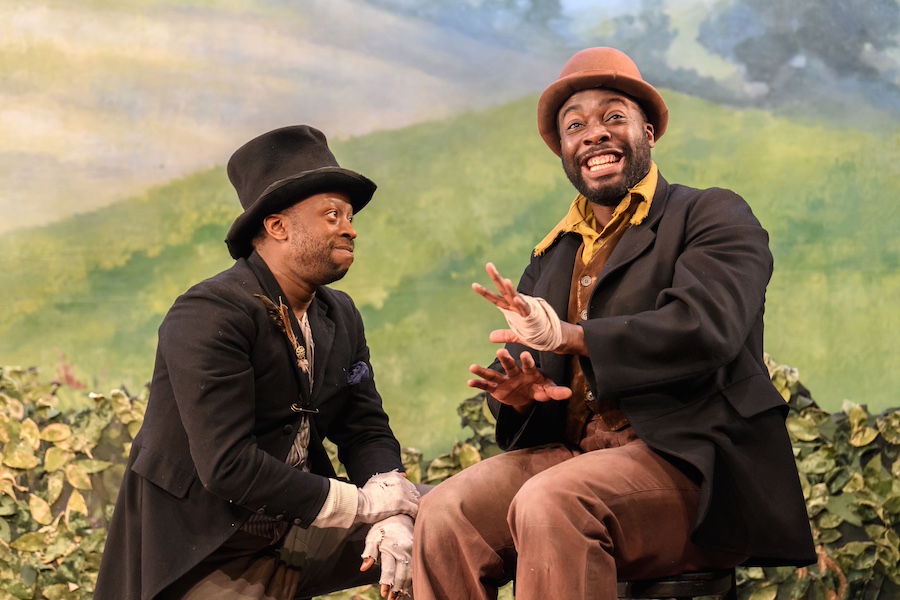New exhibition celebrates 100 years of the BBC in Manchester
- Written by I Love MCR
- Last updated 3 years ago
- Exhibitions

The Science and Industry Museum has introduced a new display marking 100 years of the BBC in Manchester, showcasing the city as a centre of innovation in broadcasting from the early radio experiments in the 1920s, right up to the revolutionary ideas of today.
The temporary display features 14 objects and photographs with their accompanying stories, taking visitors on a journey through the past, present and future of the broadcaster’s time in Manchester.
You can discover the history behind 2ZY, Manchester’s first radio station, created by Metropolitan Vickers, a major engineering business and one of the founders of the British Broadcasting Company, at their factory in Trafford Park.

The first official broadcast from 2ZY was on 15th November 1922, one day after the first broadcast from the BBC’s very first official broadcast, transmitted from 2LO in London.
2ZY was highly experimental, with office rooms at Trafford Park turned into broadcasting rooms, and engineers and researchers becoming the first on-air talents.
They also pioneered broadcasting live music and featured the first programme relayed from the USA.
After only one year, 2ZY moved from Trafford Park to Dickinson Street in Manchester city centre. This was to make travelling to the station easier for performers and presenters.

The display features a radio transmitting valve used at 2ZY, which is one of the only surviving objects from the original station at Trafford Park. The station used many of these valves to strengthen radio signal so it could travel further and reach more listeners.
Many people were inspired by the first radio broadcasts to buy or build their own radio sets to tune in and participate in this new form of media.
The display includes a ‘Goltone’ crystal radio and headphones, made by Ward & Goldstone Ltd in Salford in 1923.
There’s also a photograph of customers listening to the radio at the Butcher’s Arms, Salford in 1923, one of the first pubs to purchase a valve radio. This powerful radio could receive broadcasts from 2ZY in Manchester, 5IT in Birmingham and 2LO in London, the first three BBC stations.
You can also see photographs at the new display capturing what it was like to work and perform at the studio; including children’s presenters who were all known as ‘aunties and uncles,’ and concert singer Isobel Baille performing.

Plus there’s a chance to explore new technologies created by innovators at the BBC’s Research and Development labs over the past decade in nearby MediaCityUK, to transform how we watch and listen.
The Science Museum Group has also digitised 1,000 objects from the BBC Heritage Collection for the first time to make it easier for audiences across the globe to discover the innovations in broadcast technology that helped make the BBC the world’s biggest broadcaster.
“We are delighted to be able to tell the amazing story of the BBC in Manchester and to celebrate the achievements of such an iconic organization through this small but important display,” said Lewis Pollard, curator of television and broadcast at the Science and Industry Museum .
“The BBC has played such an integral role in making Manchester the creative and technologically innovative city it is today, so we can’t wait to be able to share its incredible history and what it is doing to make broadcast even more exciting for future generations.”
‘Celebrating 100 years of the BBC’ is at the Science and Industry Museum until February 2023.
- This article was last updated 3 years ago.
- It was first published on 14 April 2022 and is subject to be updated from time to time. Please refresh or return to see the latest version.
Did we miss something? Let us know: press@ilovemanchester.com
Want to be the first to receive all the latest news stories, what’s on and events from the heart of Manchester? Sign up here.
Manchester is a successful city, but many people suffer. I Love Manchester helps raise awareness and funds to help improve the lives and prospects of people across Greater Manchester – and we can’t do it without your help. So please support us with what you can so we can continue to spread the love. Thank you in advance!
An email you’ll love. Subscribe to our newsletter to get the latest news stories delivered direct to your inbox.
Got a story worth sharing?
What’s the story? We are all ears when it comes to positive news and inspiring stories. You can send story ideas to press@ilovemanchester.com
While we can’t guarantee to publish everything, we will always consider any enquiry or idea that promotes:
- Independent new openings
- Human interest
- Not-for-profit organisations
- Community Interest Companies (CiCs) and projects
- Charities and charitable initiatives
- Affordability and offers saving people over 20%
For anything else, don’t hesitate to get in touch with us about advertorials (from £350+VAT) and advertising opportunities: advertise@ilovemanchester.com


Review: Tambo & Bones at HOME is ‘ambitious, bold, gutsy…. and terrific’

Review: JB Shorts 26 at 53two is ‘a five-star showcase of northern talent’


















